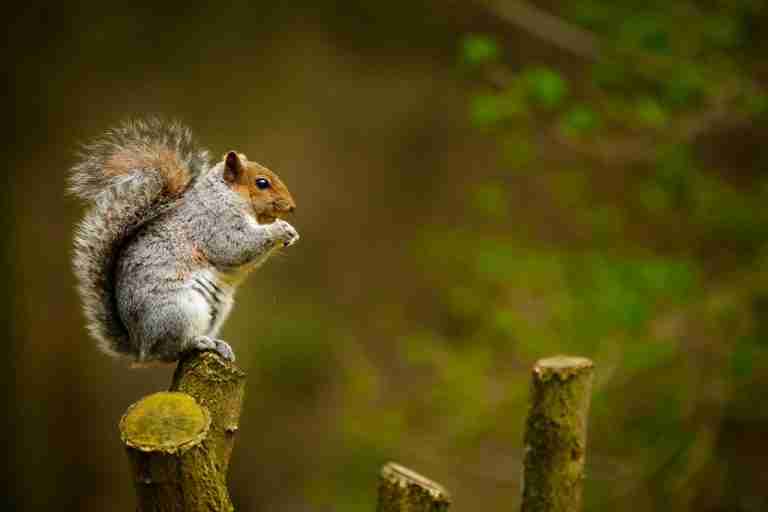25 Fun Facts About Succulents
1. Succulents store water in their leaves, stems, or roots to thrive in arid environments.
This water storage allows them to endure extended periods of drought, making them resilient and well-suited for dry regions.
Their capacity to retain moisture sets them apart from most other plant types.
2. “Succulent” comes from the Latin word “succus,” meaning juice or sap.
This name reflects the characteristic trait of these plants: their ability to hold substantial amounts of moisture.
The word succinctly captures the essence of these water-retaining wonders.
3. There are over 10,000 succulent species, from tiny to tree-like plants.
This vast variety in size, shape, and appearance has made succulents a treasure trove for plant enthusiasts.
Whether you’re interested in miniature succulents for tiny terrariums or colossal succulent trees for landscaping, there’s a succulent species to suit your preferences.
4. Some succulents belong to families like Cactaceae (cacti) and Crassulaceae (Echeveria).
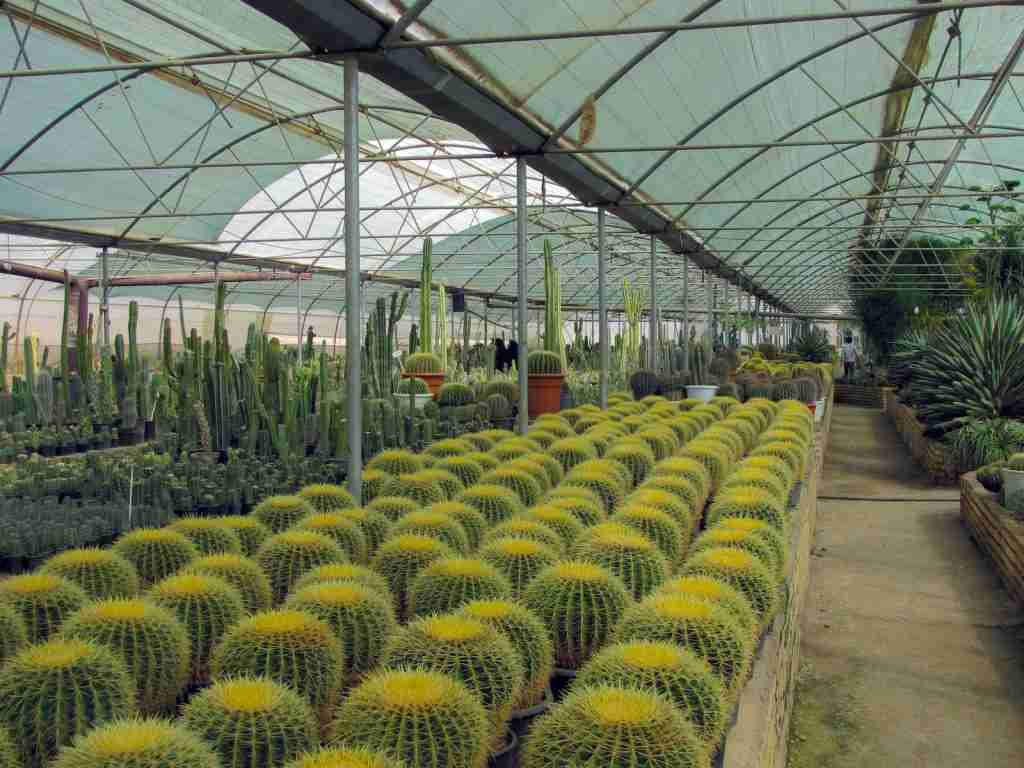
Understanding the familial relationships of succulents helps botanists and plant enthusiasts explore the unique characteristics and adaptations within these groups.
These family affiliations provide insight into the shared features and histories of succulent species, enriching the appreciation of these remarkable plants.
5. Cacti are a type of succulent with prickly spines.
These spines are modified leaves that serve multiple purposes, from conserving water to protecting against herbivores.
While all cacti are succulents, the presence of spines sets them apart as a unique subgroup within the succulent family.
6. Some succulents can live for decades or even centuries.
Their remarkable capacity to endure and thrive over extended periods of time is a testament to their adaptability and resilience.
This impressive lifespan is one of the reasons succulents are highly sought after and admired by plant enthusiasts and collectors.
7. Succulents come in diverse shapes, colors, and sizes.
Whether you’re drawn to the symmetrical rosettes of Echeveria, the striking architecture of columnar cacti, or the cascading beauty of trailing succulents, you’ll find an incredible variety within this plant category.
This diversity of form and color adds charm and visual appeal to gardens, homes, and floral arrangements.
8. Aloe vera soothes sunburn and skin irritations.
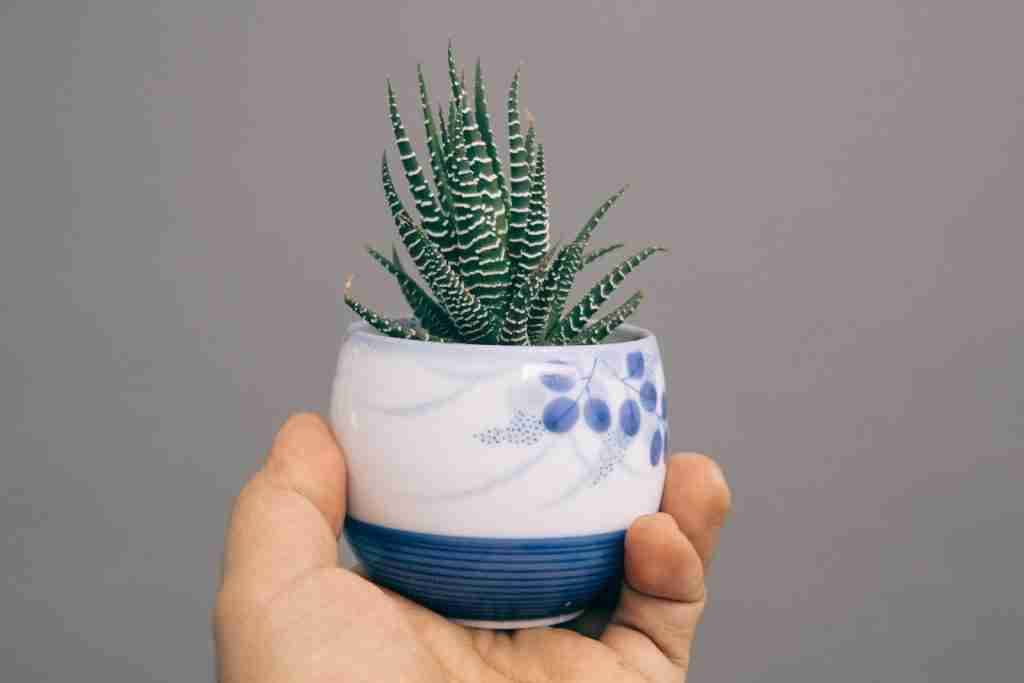
The gel extracted from its fleshy leaves has been used for centuries to alleviate sunburns, minor burns, and various skin irritations.
Aloe vera’s natural healing abilities have made it a staple in many households and a valuable component of skin care and medicinal products.
9. Succulents are native to arid regions of South Africa, which is one of the fun facts about Succulents.
These plants have developed unique adaptations for water storage and survival, making them well-suited for cultivation in various regions around the world.
The diverse and stunning succulent flora of South Africa has become a source of inspiration for plant enthusiasts and gardeners worldwide.
10. Lithops mimic rocks for camouflage.
This remarkable adaptation allows them to blend seamlessly into their arid environments, reducing the risk of being consumed by herbivores.
The uncanny resemblance of these succulents to pebbles or stones has captivated the curiosity and admiration of plant enthusiasts and collectors.
11. Succulents improve indoor air quality as air purifiers.
Through the process of photosynthesis, they not only release oxygen but also remove harmful substances, making them a welcome addition to homes and workspaces.
The dual role of succulents as air-purifying plants enhances their appeal as aesthetic and functional elements in interior decor.
12. “Snake Plant” thrives in low light conditions.
This adaptability to lower light levels makes it an attractive choice for homes and offices with limited natural light, providing an elegant touch to interior spaces.
The “Snake Plant” is not only aesthetically pleasing but also practical, requiring minimal light and care.
13. Succulents are low-maintenance houseplants.
They thrive with infrequent watering and minimal care, making them an excellent choice for individuals with busy lifestyles or those looking for plants that require less attention.
Their ability to thrive in various conditions and adapt to neglect makes them ideal for both novice and experienced plant enthusiasts.
14. Succulents symbolize resilience with their drought tolerance.
Their capacity to conserve water and endure extended periods of dryness serves as a reminder of the strength and adaptability found in the natural world.
The resilience of succulents inspires many and is a fitting metaphor for human perseverance in challenging circumstances.
15. “String of Pearls” cascades with its trailing growth.
Its bead-like leaves dangle gracefully, creating a visually enchanting effect when cultivated in hanging baskets or containers.
The unique appearance of “String of Pearls” adds a touch of whimsy to interior decor and is appreciated for its charming, cascading beauty.
16. Succulents have striking and colorful flowers.
These blooms can vary in shape, size, and hue, adding an extra dimension of beauty to these already captivating plants.
The stunning diversity of succulent flowers enhances their aesthetic appeal and makes them a favorite choice for both indoor and outdoor gardens.
17. Popular wedding bouquets for elegance and longevity.
Incorporating succulents into wedding florals, couples can infuse a touch of timelessness and uniqueness into their special day.
Additionally, these resilient plants can be replanted after the event, serving as enduring souvenirs of the celebration.
18. “Panda Plant” has soft, fuzzy leaves.
This characteristic adds a tactile dimension to the enjoyment of this succulent and contributes to its charming appearance.
The velvety texture of the “Panda Plant” invites touch, making it a favorite among those who appreciate not only visual beauty but also sensory experiences in plant care.
19. You can propagate succulents from leaves, cuttings, or offsets.
This means you can create new plants from existing ones, making succulents an ideal choice for sharing with friends and expanding your collection.
The propagation process is not only rewarding but also adds a social dimension to succulent cultivation, as enthusiasts often share and exchange plant “babies.”
20. “Hens and Chicks” produce smaller rosettes around a central one.
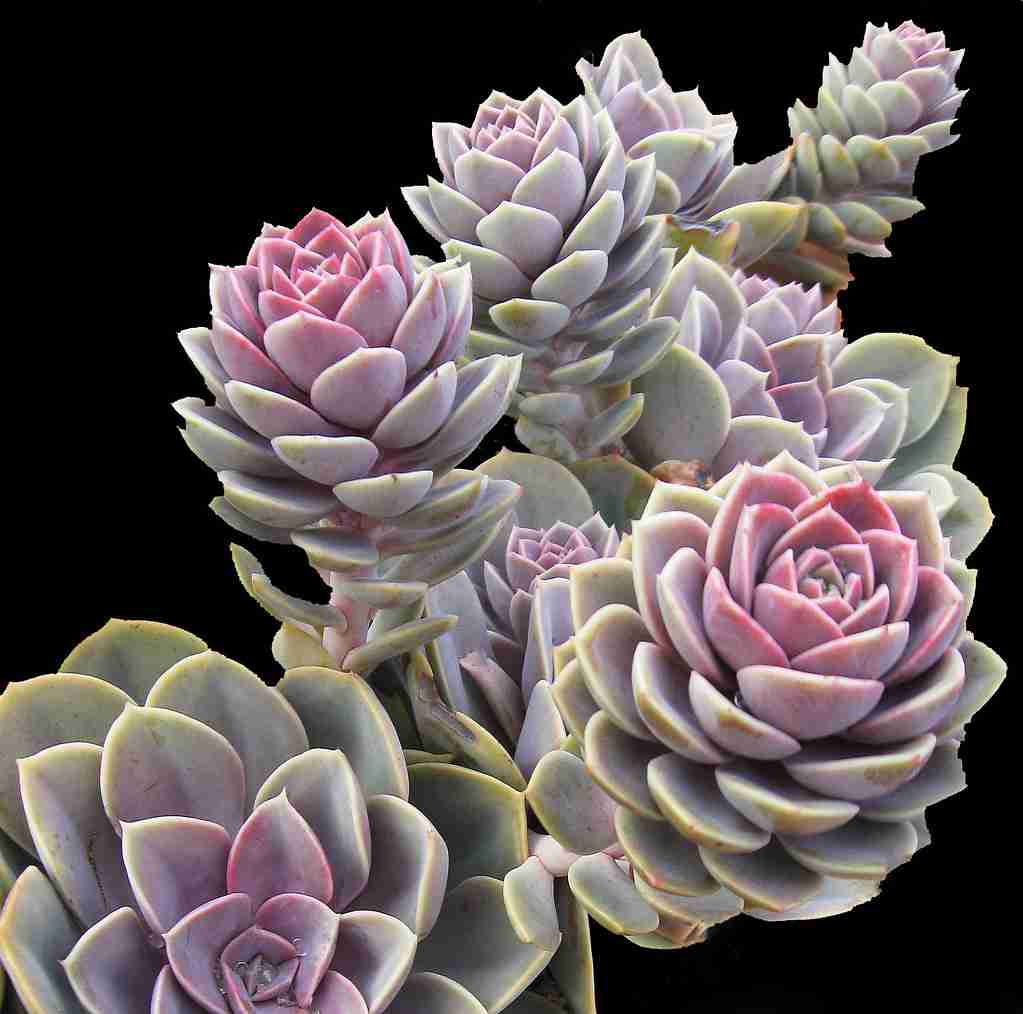
This growth pattern imparts a touch of charm and uniqueness to these plants, making them popular choices for rock gardens, container arrangements, and miniature landscapes.
The namesake and appearance of “Hens and Chicks” contribute to their enduring appeal among plant enthusiasts.
21. Many succulents are xerophytes adapted to dry conditions.
Many succulents fall into this category due to their water-storing adaptations, which enable them to thrive in arid and challenging environments.
This adaptation highlights the remarkable capacity of succulents not only to survive but also thrive in regions with limited water resources.
22. What are some common types of succulents?
Some common types of succulents are Echeveria, Aloe vera, Haworthia, Jade plant (Crassula ovata), and Snake plant (Sansevieria).
They come in various shapes, colors, and sizes, adding beauty and charm to any indoor or outdoor garden.
23. Succulents can be grown in various containers.
They can be cultivated in traditional pots, teacups, mason jars, and even creatively repurposed items like driftwood, adding a touch of whimsy and innovation to plant displays.
This adaptability makes succulents an ideal choice for those looking to express their creativity through gardening.
24. “Agave” is used to make tequila and is native to Mexico.
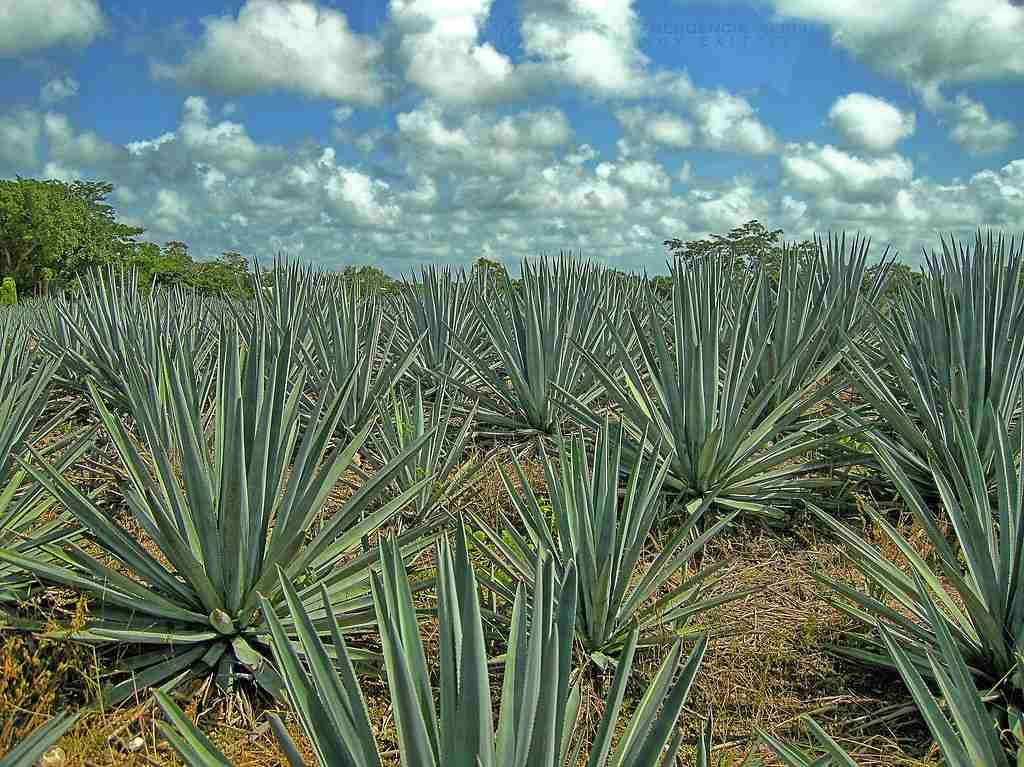
Its distinctive rosette shape and fleshy leaves contain the sugar-rich sap that is fermented and distilled to create this renowned Mexican spirit.
The association between agave and tequila underscores the cultural and economic significance of this succulent plant in Mexico and worldwide.
25. Succulent gardening is a popular hobby with a thriving plant community.
Enthusiasts and collectors share their love for succulents through plant swaps, online communities, and local clubs, creating a vibrant and supportive plant community.
The shared passion for these remarkable plants brings people together, encouraging the exchange of knowledge and fostering new friendships.
FAQs
Yes, many succulents can produce beautiful and vibrant flowers, adding an extra element of color and charm to their already unique foliage.
Succulent care typically involves providing them with well-draining soil, ample sunlight, and watering them sparingly, allowing the soil to dry out between waterings.
Succulents’ ability to store water in their leaves represents endurance and self-sufficiency, making them a symbol of strength and vitality.
Succulents prefer bright, indirect sunlight. Some varieties can tolerate partial shade, but they thrive with a few hours of sunlight each day.
Succulents thrive indoors as houseplants, while others can be grown outdoors in gardens, provided they receive adequate sunlight and suitable growing conditions.






